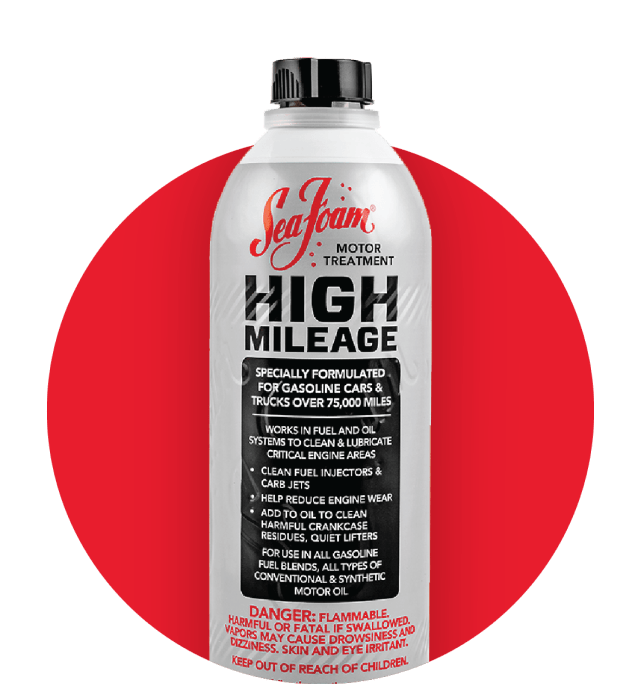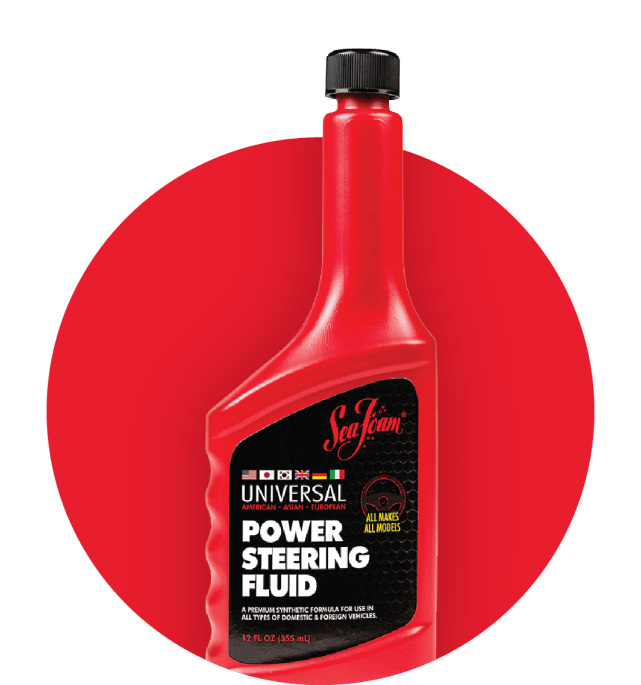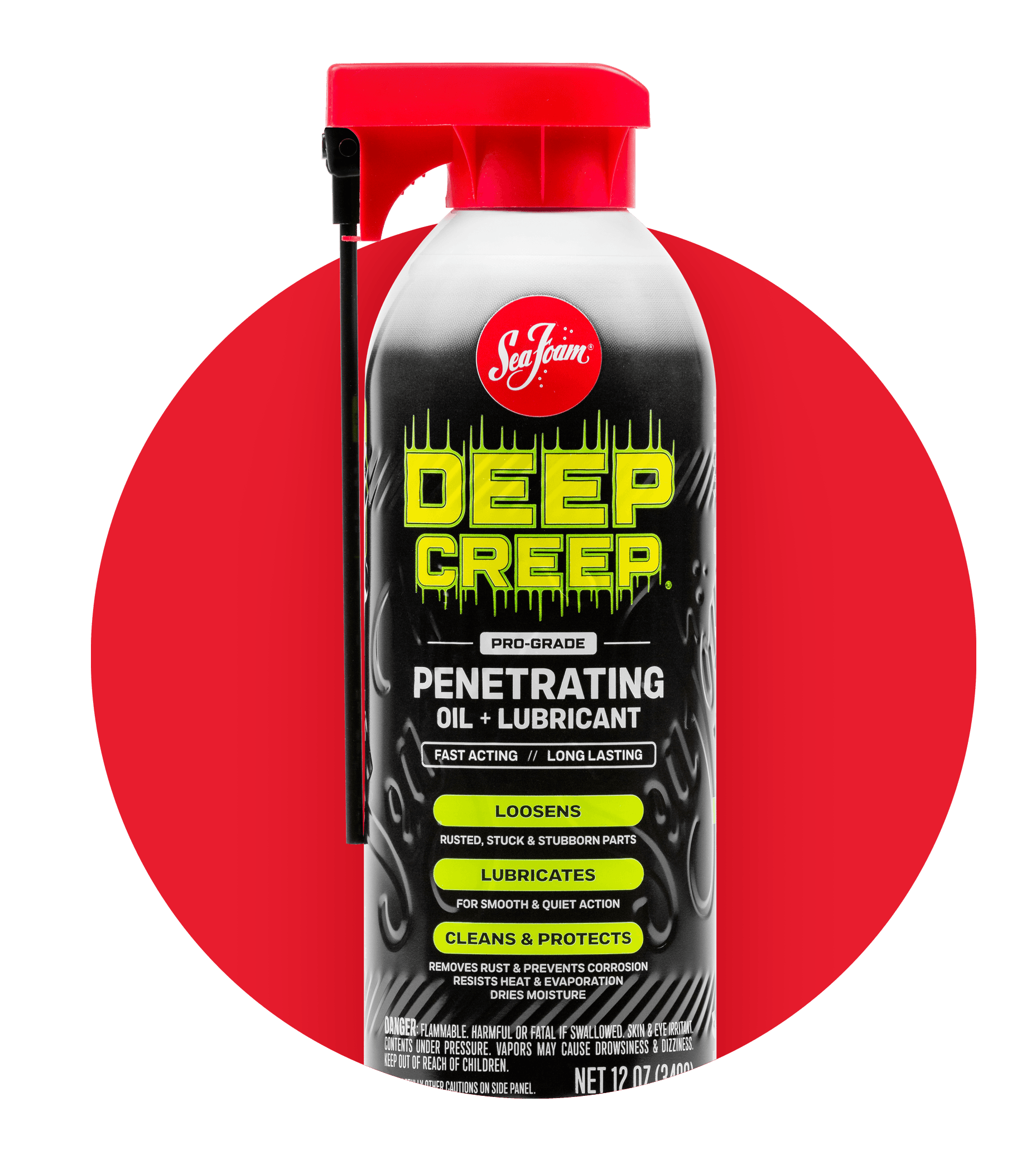STOP ENGINE STALLS
If you’ve eliminated obvious reasons for the stall, such as an empty gas tank or operator error when using a clutch in a car with a manual transmission, you’ll need to investigate the cause further.
STOP ENGINE
STALLING
Do a quick visual inspection of your engine. First, take a look at your battery. You can easily diagnose battery issues if you see corrosion on the terminals. Next, check and replace the air filter regularly — about every 12,000 to 15,000 miles. This is especially important if you live somewhere that is affected by air quality issues.
Pay attention to when your car acts odd. Don’t ignore dimmed lights or difficulty starting. Notice when your vehicle has a rough idle, shaking, or backfire from the exhaust pipe. Listen for ticking noises coming from the engine. Any of these signs can indicate timing issues that can lead to major, expensive, problems if not addressed right away.
Fortunately, several of the causes are simple to fix and easily preventable in the future.
Your alternator is responsible for charging your car’s battery and running many basic engine functions. If it’s faulty, your engine can’t operate. Common signs are dimming lights and malfunctioning electronics.
Your timing belt is similar to your distributor cap in that it helps to synchronize the inner workings of your engine. Timing belts can get worn out, which causes issues during rotation. If the timing is off, your engine will quit, and you’ll be stalled.
HOW SEA FOAM HELPS PREVENT ENGINE STALLING
A great way to prevent or overcome stalling from dirty fuel system parts is with High Mileage Motor Treatment (or Sea Foam Motor Treatment). High Mileage will clear up clogged injectors and clean your entire fuel system of harmful residues.
Sea Foam also stabilizes fuel for up to two years, preventing gum and varnish from forming while the engine isn’t being used.
#seafoamworks
related
products
For motors of all shapes and sizes.



